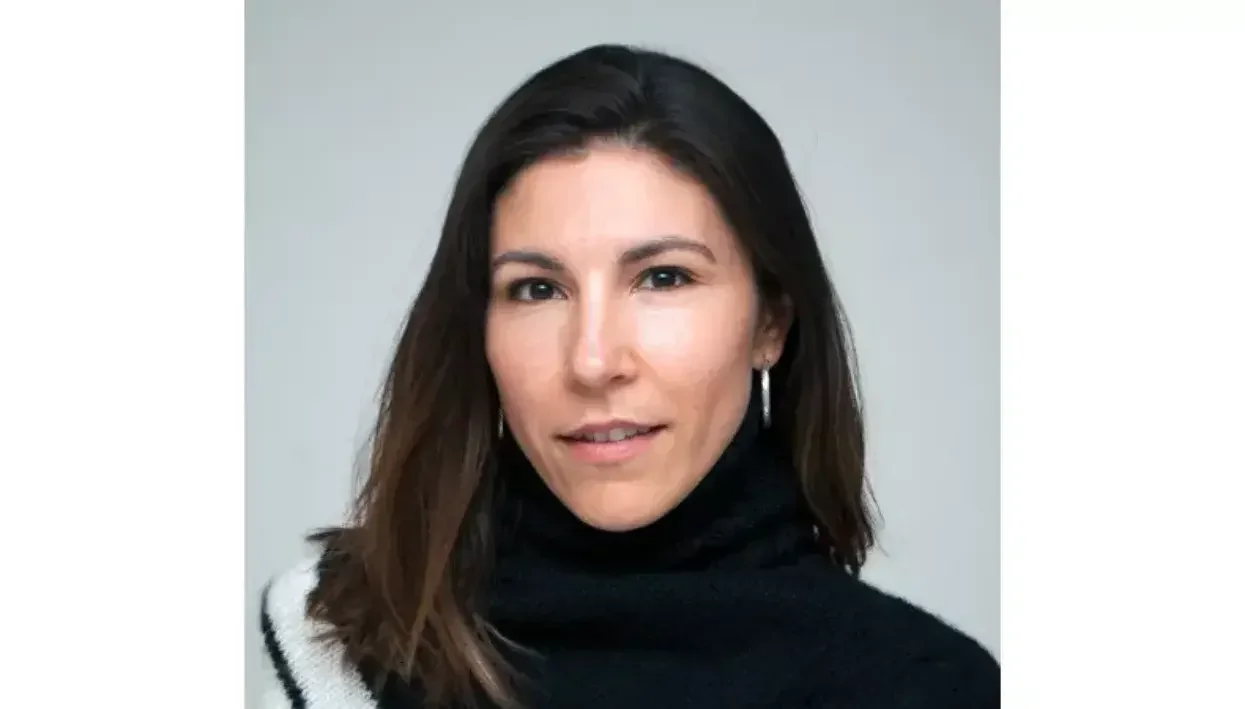
Former pro-athlete Ana Kristiansson combined her passion for fashion and long-lasting sustainable garments to establish creative agency Desinder, which specialises in developing strategy, branding, design and communications for sports, outdoor, and lifestyle clothing brands. In this blog, and ahead of her talk at the 2024 Sportswear Pro conference (21st March at RAI Amsterdam, The Netherlands), she explains how garments can be built to last…
It’s evident that we’re living in a world where we all – at organisational and individual levels – are striving to incorporate sustainable practices into our daily lives and operations. This includes the fashion and sportswear markets.
With 80% of a product’s environmental impact being a direct result of its design [according to the Ellen MacArthur Foundation], it’s crucial for clothing brands to make their garments last as long as possible by considering aspects such as the construction process and the materials from which they are made.
At Desinder, a key part of what we do is developing strategies for companies who have traditionally relied on having large stocks of their items, but need and want to adapt in order to strengthen their business models and better respond to the needs of their customers – all while minimising waste.
We also guide brands through the design process of their clothing products, including sourcing materials and manufacturers.
Durable by design
When it comes to sportswear, and other clothing types, there are ways that brands can enhance the life and reusability of their items, while supporting the circular economy and limiting waste.
For example, imagine if you’ve got a sports sweater and the zipper breaks. In order to make the garment last as long as possible, it would be great if the customer could easily get a replacement zipper fitted – either by the clothing brand, or by doing it themselves with a repair kit provided by the brand – rather than returning and swapping it for an entirely new one. And, in many cases where a new sweater is sent to the customer, the old one is often thrown away which is extremely wasteful.
We also advise brands to consider colouration when designing their products, stocking higher numbers of items where the colour scheme is more classic and long-lasting, and lower stocks where the colour of the item is seasonal. This approach encourages the mentality: “if the item sells out, then it’s finished and that’s okay because it’s a seasonal item”, rather than: “we’ve got to be stocked with all items at all times”.
Taking responsibility
Circularity is not just about product longevity and reusability, it also includes accountability.
Consumers today may take the initiative to sell their used clothes on platforms such as eBay or Vinted, but it’s up to the brand to give the customer the reasons for and the tools to use that product for as long as possible. Brands should also explain to their customers what they should do with the product when it’s no longer useable.
Customers didn’t invent fast fashion, so they’re not to blame for 57% of all clothing ending up in landfill [according to Common Objective]. However, they’re becoming more educated and are asking questions about who’s responsible for the lifespan of their clothing. Therefore, brands need to support their customers and facilitate more sustainable operations on their part. They also need to be vigilant, exploring opportunities for different business models such as renting and returning clothes.
At Desinder, we find that brands always ask the same questions, so we’ve developed a twenty-point framework to outline how you can design products – including sportswear – to withstand the test of time. My session at the Sportswear Pro Conference will explore this in more detail and, as a bonus, we’ll touch on how you can showcase your sustainable designs and initiatives without ‘greenwashing’.
See Ana Kristiansson’s session ‘Circular Economy Redefined – Designing for Circularity’ at the Sportswear Pro conference on 21st March, 2024, 12:15 – 12:45 at the RAI Amsterdam, The Netherlands. In the talk, visitors will have the opportunity to learn about manufacturing, production and circularity across the sportswear supply chain. Register here to attend.